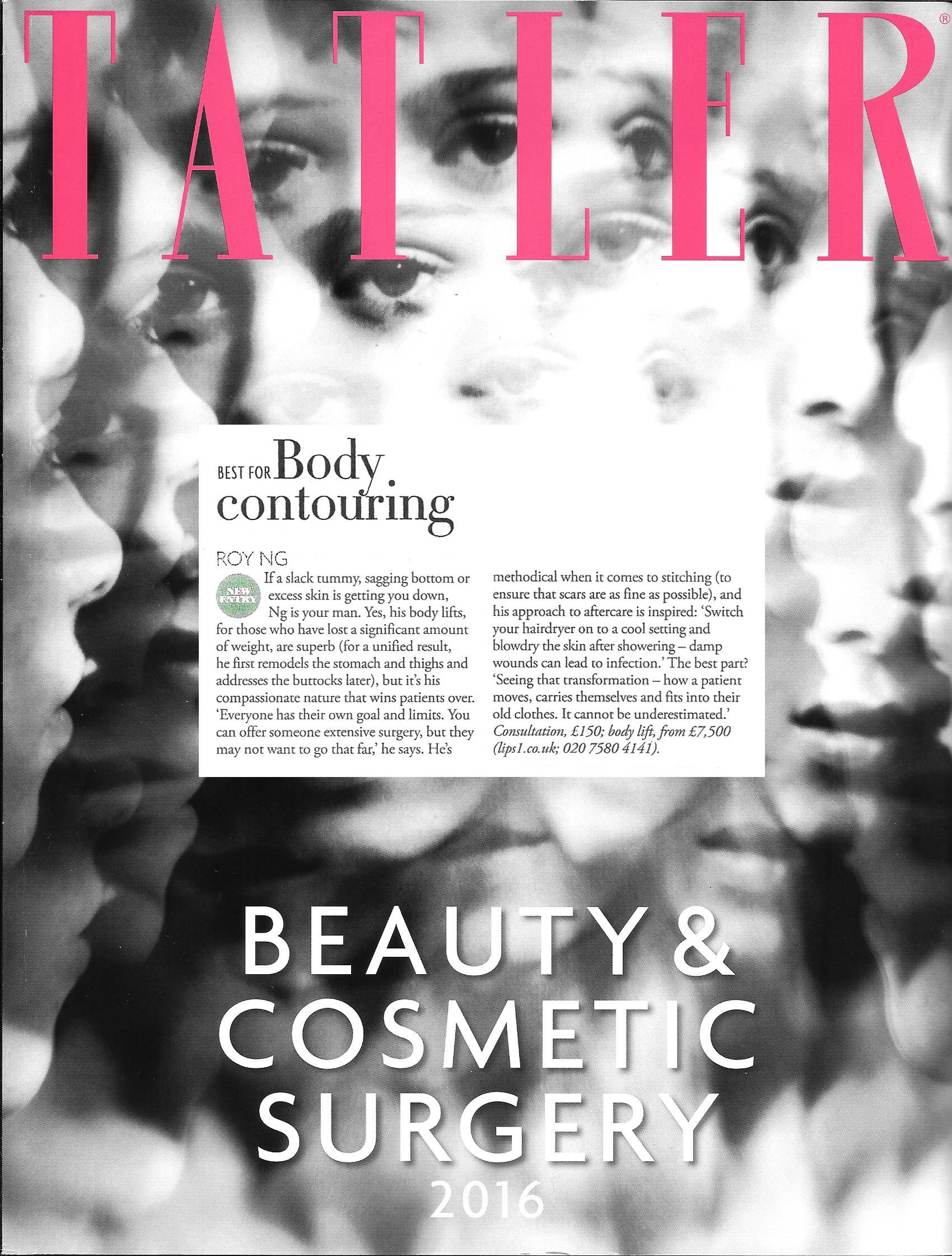
If you are considering having a genioplasty, there are some important things you need to know. There are risks involved in genioplasty. You need to be fully informed about your options. Here's a quick overview of Osseous genioplasty and Sliding Genioplasty. You should also know what to expect after your procedure.
Osseous genioplasty
Osseous genioplasty is a popular cosmetic surgery for women seeking a more youthful appearance. The procedure can be performed in the mouth without visible scarring. It usually takes around an hour. This procedure can also be performed as part of a facelift. Patients can receive this procedure alone, or in combination with other types of plastic surgery to enhance their appearance. You can read more about osseous generation.
An osseous procedure is often part of a larger one, such as a pushback or side to side movement. Patients were generally satisfied with the outcome of the procedure. Active dental infections can cause jaw problems and should be treated before surgery. Patients must also tell their past orthognathic or orthodontic surgery and any medication or smoking habits.

Sliding genioplasty
The doctor performing sliding genioplasty will first review your medical history and ask questions about your expectations for the results. To help determine your surgical options, you may need to have Xrays taken or CT images taken of your jaw. A sliding genioplasty is typically a quick and relatively safe procedure once you have chosen a surgeon. There are some potential problems. Most common complications are bleeding, infection, and adverse reactions to anesthesia. These complications can be minimized if you follow the pre-operative instructions.
Before performing this procedure, your surgeon may perform a thorough cephalometric scanning and measure the length of your chin. Cephalometric measurements can help you determine if your overprojection, underprojection or transverse asymmetries are present. A standard facial photograph will be taken to determine your transverse dimension asymmetry. If you have any of the above problems, a sliding procedure may be the best option.
Nonsurgical Genioplasty
If you want to improve the size of your chin but do not want to undergo an entire surgical procedure, you can opt for nonsurgical genioplasty. This cosmetic surgery involves moving the jaw forward by removing a portion. This procedure is challenging and requires the use of screws and plates to keep the jaw in place. Nonsurgical genioplasty, on the other hand, is much easier to correct because the surgeon manipulates your own bone.
Nonsurgical Genioplasty is available in two options. The sliding technique involves the doctor making an incision under your chin or lower lips. A second method involves placing wires to reposition your chin bone. This is performed for patients who have retrogenia or a receding neck. The type of procedure used and the corrections made can affect the recovery times.

Risks of genioplasty
Despite the advantages, genioplasty can be a risky surgery. There are risks such as numbness under the chin or lower lip. This may last several weeks or months, and can even become permanent. The brain can adjust to the sensation of numbness. If the pain or bleeding persists or continues, patients should follow the surgeon’s instructions.
Although there are many complications to genioplasty surgery, the most common is temporary neurosensory disruption of the inferioral nerve. You can avoid these complications by getting informed consent and careful preoperative counseling. Sliding genioplasty is a procedure that moves the chin bone forward by moving it forward. It is best not to have this procedure if there are any underlying medical conditions.